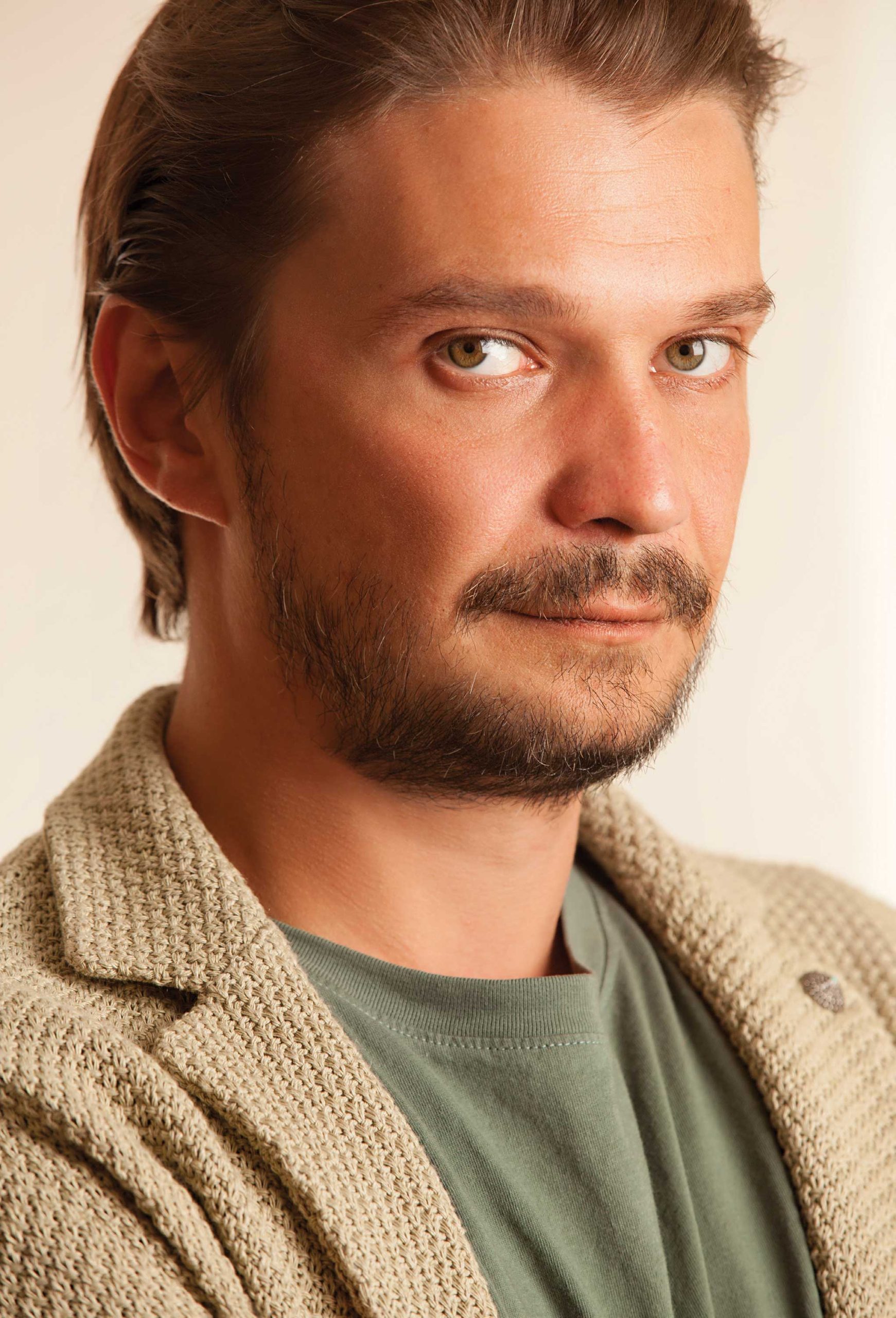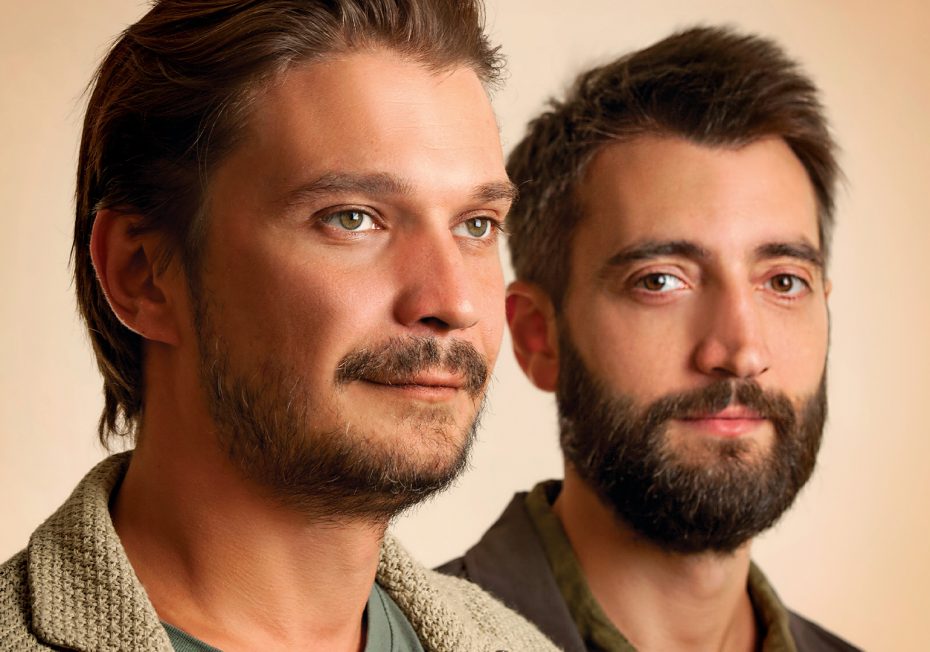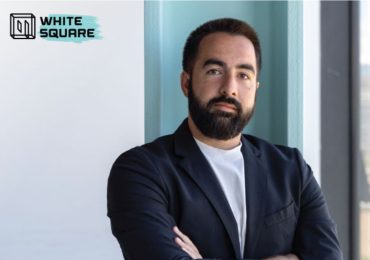What we are about to tell you will blow your mind,” says Zura Sharashenidze, the Founder and Chief Executive Officer of Georgia-based Web3 company Two Point Zero, during our meeting at the company’s headquarters. I have known Zura and his team for a long time, so hearing about their new high-tech venture was not surprising. Yet, their latest undertaking was even more ambitious than I expected. “We are building a metaverse world where nothing is banned nor illegal and where freedom is absolute. There is one and one rule only: Do not anger the Matriarch.”
Zura was referring to The Island of Artemis – a unique concept that takes the best of multiplayer role-playing games and enriches it with real-time digital content creation and blockchain technology. As a concept, The Island of Artemis is the promise of never-before-seen or heard possibilities in terms of a story and its evolution. As a role-playing game, The Island of Artemis is the promise of fantastical art and beauty that plays into the game as much as its characters and narrative. The Island of Artemis is a world waiting to be built, created, and lived in.
Yet, it is no ordinary online or role-playing experience. Instead, The Island of Artemis is an adventure that transcends traditional gaming and social media; it is a metaverse world in which the players are as powerful as their reputation is solid.

In-game character reputation is not a theme that the traditional gaming industry thrives upon. It is different on The Island of Artemis, as it is not only a gateway into a world where users play the roles of characters and lead them through mysteries but also a world where you can win and lose real-life fortunes. There is everything on the island that is in the real world and even more: clans, with their inherent hierarchy, traditions, rules, and power struggles; war and all kinds of weaponry, money, mercenaries, and dirty politics; as well as pleasures of body and mind, along with crime, intrigue, plus all forms of religious, philosophical, and spiritual circles.
“You can relax and party on the beaches of the Singada Coast. Become a trader in the bustling alleys around Deerport. Work your way up the seedy underworld to win power and sway without attracting the ire of rival clans or try to solve the mystery of the Matriarch and her servants,” said the executives of Two Point Zero. “The world is yours to build. Make of it what you want, but do not anger the Matriarch.” What angers the Matriarch was my most immediate question, which was left unanswered.
The Island of Artemis is a thematic world in which cyberpunk futurism is remarkably mixed with ancient Greek aesthetics, creating a breathtaking environment for further exploration and immersion. “In Ancient Greece, freedom was what they valued most. According to Greek mythology, the Greeks were ready to challenge the gods if they interfered with their freedom. It was a time when humans were the pinnacle of the world,” replies Zura when I ask him about the odd mix of aesthetics on The Island of Artemis.
There is more to The Island of Artemis than the typical ancient Greek experience, which, quite frankly, is not new to popular culture. “What would happen if we teleported the ancient Greeks to the 25th century – we asked ourselves. As it turns out, this thought experiment gave birth to elegant fashion, unusual but powerful weapons, and odd yet pleasing aesthetics,” says Levan Khomeriki, Chief Innovation Officer at Two Point Zero, who likes to compare The Island of Artemis to Luc Besson’s classic The Fifth Element.

Analogously to Ancient Greece, The Island of Artemis is a metaverse world where you can be your true self. For this to happen, the creators envision it to be driven by voice, conversation, and interaction – personal and social traits that make humans and their deeds unique. Technologically, this is possible through the integrated voice mask that keeps players’ voices anonymous and allows them to change their characteristics according to taste, desire, or circumstances.
“It all began during a regular brainstorming session at our office when I quoted Oscar Wilde, saying: “Give a man a mask, and he’ll tell you the truth.” My remark sparked the idea of bringing the voice mask feature into the Artemis world,” says Levan. “Such twists turn storytelling into storyliving, and that is what the Artemis world stands for! However, suppose people like us – Web3-obsessed builders – do not put all our efforts into creating immersive experiences to convince the gaming community that the metaverse is not just Roblox for adults. In that case, that perception will never change,” exclaims Levan.
For Two Point Zero, the metaverse is more than just an online version of the offline experiences we all know by heart, such as shopping, studying, or debating. “We realized what Web3 lacked was storytelling,” says Zura. “All the metaverse worlds, such as SandBox and Decentraland, were intended as online replicas of the offline world. Yet, with storytelling, we could create anything we dreamt of, as there are no boundaries.” This unbounded creativity motivated Two Point Zero to create a unique metaverse world. Something similar to what we saw in the series Westworld on HBO.
“We asked ourselves, why do all the metaverse worlds look childish?” States Levan. “We realized that the Robloxlike feel was a limitation because a metaverse world can be adjusted to grown-ups too. That is how the concept of The Island of Artemis was born. Our metaverse world has its history and story, but by the story, we do not refer to the short description on OpenSea. Instead, we mean a dramatic story written in compliance with Hollywood standards. We do storytelling in its purest form,” Levan tells me.
Creativity and storytelling are at the heart of what they do at Two Point Zero. It became evident the very first moment I stepped into their office. Two Point Zero, run by a team of storytellers, digital artists, engineers, and game developers, transforms stories into things people enjoy, use, interact with, and share. Sharing is crucial, as, in Web3 storytelling, fan support comes first. So the more you interact with the story and offer fan theories of your own, the more rewards you get.
Community involvement is crucial for storytelling too. The creators of The Island of Artemis know this well, as community-driven projects are their guiding belief. For example, after mega-success with a very niche and experimental gamification-style mathematical project deckk*, Two Point Zero conducted a socially driven blockchain experiment, IS PUTIN DEAD YET? and launched the emotion-oriented transmedia storytelling NFT project Ohh! Football. Thus, creating an immersive role-playing Web3 experience was the logical next step.

“Web3 is the best medium for storytelling, as it presents a deeper and more thoughtful opportunity to connect with the audience,” says Zura, whose eyes light up with fascination. “At the same time, Web3 allows the community to be directly invested in the project, creating reliable and self-sustainable financial motivation. Imagine if the next Harry Potter book is divided into characters and sold directly to the readers, allowing for a more thorough and deep connection between them and the author.”
The intimate connection between Web3 and storytelling is a well-known fact. Yet, it is still uncharted territory. According to Two Point Zero’s executives, Web3 is nothing more than people’s beliefs about it as an embodiment of tomorrow’s internet. “Creating in Web3 does not mean anything specific. The only thing it stands for is constant experimentation,” says Zura. “Being a part of the Web3 community means outlining a common path with all the relevant companies and individuals, with a shared goal of understanding what Web3 is.”
Even though the west is still uncertain about Web3, the principle of decentralization and a one-off concept of ownership are here to stay. “We understand that the unique notion of ownership, which appeared out of the blue, could be translated into a sustainable economic relationship between two parties. That is how value must be added; not by minting yet another monkey NFT collection,” says Levan.
Yet, Web3 is not only about decentralization and ownership; the metaverse is also a big part of it. According to Zura, the metaverse combines gamification, virtual and augmented reality, tokenomics, and the physical world. Moreover, it promises to bring yet unimaginable ways of conducting economic affairs. The last bit – economic sustainability – is crucial, as we must not forget that The Island of Artemis is envisioned as a commercially viable business.
“There are two types of investment opportunities on The Island of Artemis: Passive investment through token acquisition, enabling investors to own a business on the island and receive dividends through smart contracts. For example, if you acquired a gambling license, you would receive a certain percentage of all the gambling activities on the island,” explains Levan. “This model is moulded after real life as closely as possible. There are gambling, banking and fishing industries, and mining the main natural resource – Unobtanium.”
Unobtanium, the so-called oil of Artemis, is not the only economic parameter that makes The Island of Artemis a worthwhile business opportunity. It is just a single factor out of the myriad of economic theories, mathematical calculations, statistical analyses, and lines of code that went into the creation of The Island of Artemis. Such a thorough approach separates Two Point Zero and its founders from the noise created by the Web3 industry. So too, does it make The Island of Artemis stand out, a metaverse world that is nothing but reality?














